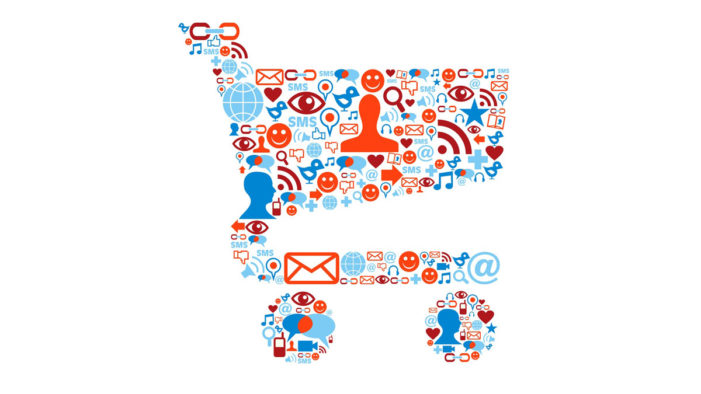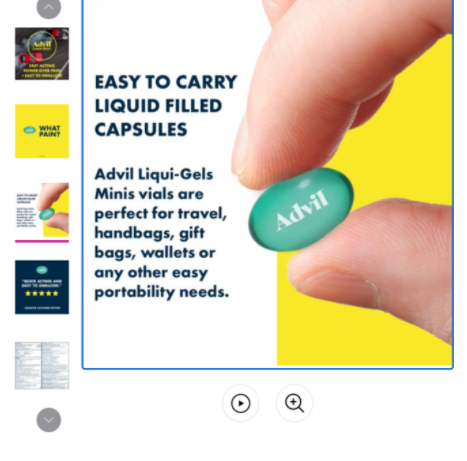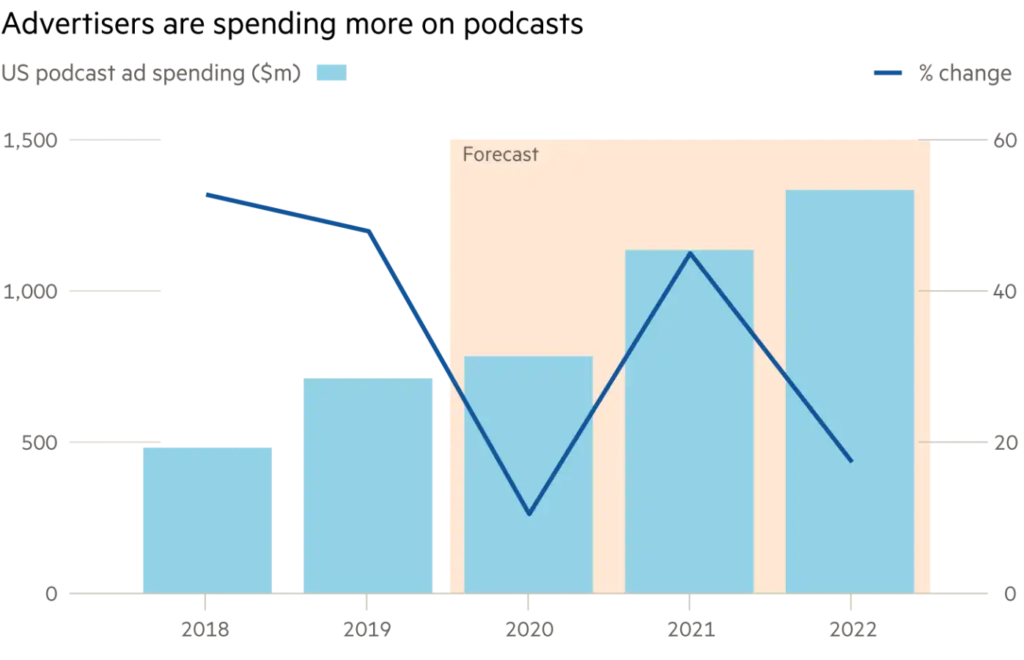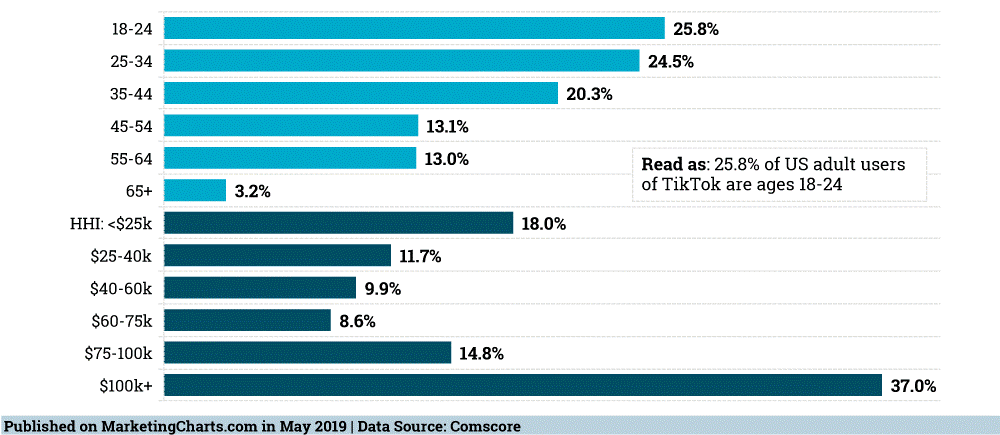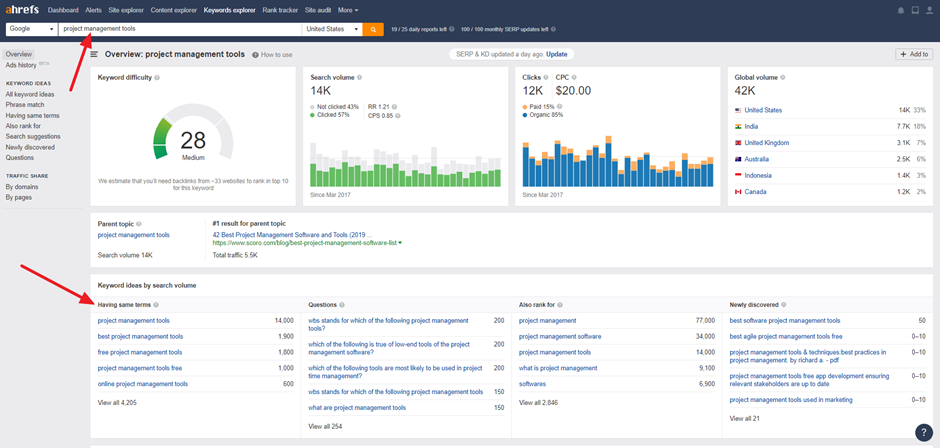Let’s change the course and talk about retail media. What is it and how can it be applied to marketing and advertising?
Well the best way to define retail media is that it’s a form of marketing to consumers at or right near their point of purchase or choice set right between other competing brands or products. There are actually a ton of ways they can be applied too. By contributing to the following, a brand has the ability to set itself apart from other competition and increase sales.
- In-store advertising
- Online advertising
- Sampling
- Loyalty cards
- Coupons
- Vouchers
Retail media can also be used for non-endemic brands that fall along the line of finance or travel.
This concept is a huge game player when it comes to marketing. In fact, it’s only going to continue to grow in popularity. Together we’ll take a closer look at how retail media is truly changing the game and how agencies are getting involved in its campaigns.
E-Commerce Leads Retail Media
With more consumers gravitating to online shopping now more than ever, e-commerce officially drives retail media as the top supporter. Since marketers desire to be where the action is in terms of customers and sales, they most definitely want to use retail media in their campaigns.
The action of this can boost the sight on the digital shelf which can be achieved through both native and display ads. Ads can also be shown on the following for an even greater digital presence.
- Home page
- Category page
- Search page
- Product detail page
They do this by reaching high-intent shoppers at the point of sale within the sales and on apps, for instance, Instacart ads. Not only will they get the customer to make a purchase, but they’ll also maximize their profits by getting the customer to purchase multiple units of either the same or different products. Sounds like a pretty sweet deal, right?
Marketing Challenges
Of course with every method of marketing there’s going to be challenges. These are the following two.
Audience Measures: Since there are so many different types of ways for marketers to evaluate the audience, the outcome might not actually be the real correct data. It also depends on what audience measurements marketers are trying to gain. It could be the following.
- Total footfall
- Segmented audiences
- Sales uplift attributed to retail media channels
Buying Process: There are several different media sales cycles to fit the particular requirement. It has the possibility to be dependent on the retailer, product, sales cycle and retail media channel.
There’s a Need for Personal Advertising
Personal advertising is doing the opposite of going away. In fact, it’s only going to get better in its presence. In order for companies and brands to adapt to the wants and needs of the consumer, they need to do research on them in order to obtain their tastes and preferences. It’s essentially catering the customer.
For example, if there’s a need for shampoo, then the marketer may deep dive and see what customer profile may fit for that product. If the customer has tight curls, then the shampoo may then be a fit for customers who normally have very curly hair.
Before it wasn’t like that. In fact, brands actually used to put out products they thought were best and disregarded some of the customer desires.
Let’s Go Deeper into the Agency Side
Since retail media is becoming its own huge marketing platform, advertisers are now either creating their own retail media specialized agencies or they’re turning to them for additional help with their brand marketing. By having the specialized agency come into play, it gives brand marketers a chance to go above and beyond to rise above their competition, increase market share, drive sales and reach an entirely different demographic.
There are even retail media agencies that can connect retailers to huge companies such as Walmart with brands that are interested in communicating their marketing message to a large target market.
As retail media continues to climb in popularity for marketing and brands, it can become super lucrative in the marketing industry. It’s also not a skill that more and more people need to develop especially if they’re forming start-up brands and competing with other entities.
What are Retail Media Networks?
Now that we know what retail media is, let’s shift gears to learn what retail media networks are and how they can help marketers with their campaigns.
Retail media networks are essentially channels that have the capability to span to individual retailers or a large number of retailers. They have the capability to range with all of the following. Think of it as a specialty located in brick and mortar stores.
- Static posters
- POS material
- Audio
- Visual
- Digital
- And so many more…
This creates the capability for networks to provide narrowcast and broadcast buying solutions.
As customers spend more time in stores, they will be exposed to in-store advertising that can potentially have great benefits for advertisers. These not only ensure that the campaigns are seen by the customers, but they are also acted upon. This will then create a great return-on-investment for those that are in spending money on this type of advertising /marketing.
Similar to retail media, retail media networks also offer considerable levels of accountability in which they provide audience measurement techniques. This opportunity allows marketers to be able to successfully measure the outcome towards the brand that their marketing.
Final Thoughts
With all being said, retail media is actually a huge creative marketing campaign idea that should definitely be utilized for all different types of brands and industries. With eCommerce being a huge profitable outlet for companies and other brands, retail media is going to be a huge success for all types of brands to be able to stand out from their other competition.
So, what do you think? Have you used the concept of retail media in your own marketing campaigns? If not, do you plan to in the future? Let us know as we’d love to know your thoughts!

